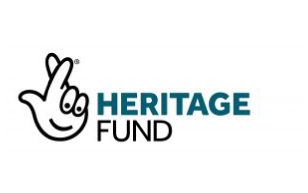Designing HMS Unicorn
HMS Unicorn was designed as a 46-gun frigate for the Royal Navy.
Although ordered in 1817, the ship’s progress book shows that construction did not begin until February 1822. Unicorn’s keel was laid down on Slipway No. 4 at Chatham Dockyard, Kent, and the ship was launched into the River Medway on 30th March 1824.
Requiring around 1,000 oak trees to build and costing over £26,500, Unicorn was designed to be an agile and powerful vessel, with a complement of 300 men required to crew her.
Dating from the early 19th century, HMS Unicorn was constructed at the height of the Industrial Revolution and her unique design features elements of both wooden and iron shipbuilding.
-
Sir Robert Seppings
Surveyor of the Navy from 1813 to 1832, Sir Robert Seppings was a great innovator in ship design and the key architect behind HMS Unicorn.
Seppings embraced the new technologies of the Industrial Revolution and increased the use of iron in the construction of Royal Navy vessels.
For his achievements in naval architecture, Seppings was awarded the Royal Society’s Copley Medal – the oldest scientific award in the world.


Sir Robert Seppings
Surveyor of the Navy from 1813 to 1832, Sir Robert Seppings was a great innovator in ship design and the key architect behind HMS Unicorn.
Seppings embraced the new technologies of the Industrial Revolution and increased the use of iron in the construction of Royal Navy vessels.
For his achievements in naval architecture, Seppings was awarded the Royal Society’s Copley Medal – the oldest scientific award in the world.
-

Innovations on Board
Due to the work of Seppings and the advancements of the Industrial Revolution, Unicorn carries several innovative features on board.
The ship contains early examples of ironwork including diagonal bracing straps through the hull and iron knees which support the decks. This ironwork strengthened the ship and produced a more rigid structure.
Unicorn’s unique elliptical stern – an innovation of Seppings – is the only example left in the world and provided a greater arc of fire to the rear of the ship.

Innovations on Board
Due to the work of Seppings and the advancements of the Industrial Revolution, Unicorn carries several innovative features on board.
The ship contains early examples of ironwork including diagonal bracing straps through the hull and iron knees which support the decks. This ironwork strengthened the ship and produced a more rigid structure.
Unicorn’s unique elliptical stern – an innovation of Seppings – is the only example left in the world and provided a greater arc of fire to the rear of the ship.









